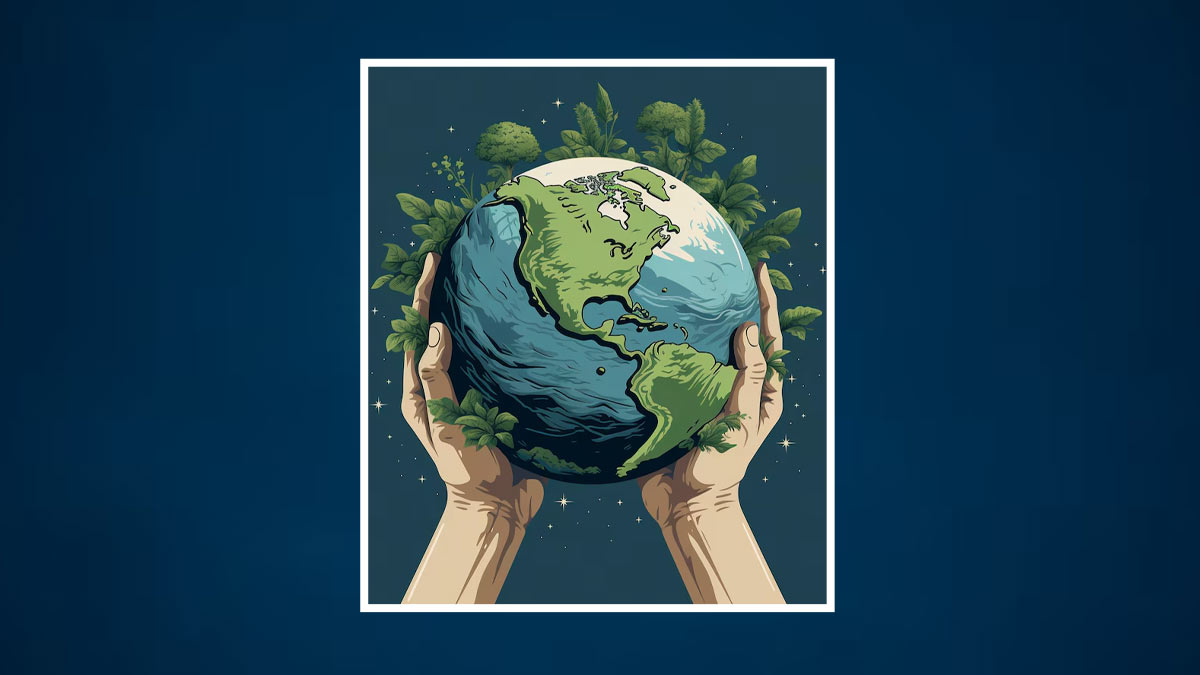"Dream, Dream, Dream! Conduct these dreams into thoughts, and then transform them into action."
- Dr. A. P. J. Abdul Kalam
"Dream, Dream, Dream! Conduct these dreams into thoughts, and then transform them into action."
- Dr. A. P. J. Abdul Kalam
26 Apr 2024
What Does the Facts Say ~

Let's Be Little Kinder to Our Mother Earth ~
(Source: Google Images)
What actions are possible?

It's Our Responsibility More Than Ever~
(Source: Google Images)
The United Nations Sustainable Development Goals (SDG) have sought to focus attention on the issue of marine plastic pollution. Specifically, SDG 14, which promotes the preservation and sustainable utilization of oceans, seas, and marine resources, is spearheading an all-encompassing strategy to address the issue of marine plastic pollution. SDGs 11 and 12, which aim to create inclusive, safe, resilient, and sustainable cities and sustainable consumption and production patterns, respectively, support a coordinated effort to improve waste management and eradicate plastic pollution.
An effective policy will require multi-stakeholder collaboration and be supported by responsible business and non-governmental organization efforts. By utilizing cutting-edge technologies like artificial intelligence, satellite imaging, drones, citizen science, and waste flow modeling, the UN's Economic and Social Commission for Asia and the Pacific (ESCAP) "Closing the Loop" project helps cities measure and monitor plastic waste and identify the "source to sea" movement of plastic leakage into the marine environment from cities. Finding the areas where plastic leaks can help governments and organizations create policies that work and take concrete steps to solve the plastic problem. At the corporate level, producer-extended responsibility—in which producers are in charge of gathering and recycling items they introduce to the market—is essential. To replace single-use plastics, product designers must prioritize the use of non-plastic, recyclable, or biodegradable materials.
To do this, the plastics value chain must adopt circular and sustainable economic processes. In addition to encouraging the use of recycled and reused plastics and alternative materials, price structures should take into account the negative effects of plastic usage. Due to the significant oil subsidies used in their production, plastics are cheap since there are fewer financial incentives to utilize recycled plastic.
To minimize plastic waste annually, it is equally important to promote individual action to limit plastic pollution. Encouraging a plastic-free workplace will motivate people to switch from single-use plastic products to reusable ones or single-use, more environmentally friendly options.
The collaborative efforts towards a plastic-free world can be accelerated by public awareness programs that explain how people's behaviors contribute to marine plastic pollution or how they may participate in beach and river clean-ups; they can also encourage the usage of disposable plastic bags. Most critically, reducing plastic pollution requires better waste management techniques. It's a manageable issue, and improving the way plastic garbage is managed will significantly lessen the annoyance. There would still be a sizable amount of plastic entering the rivers and oceans even if global use were cut in half. Embracing circularity in the management of plastic trash while involving many stakeholders and comprehending the connections for integrated solutions is crucial. By extending the life of products and moving trash from the end of the supply chain to the beginning, the circular economy creates value. To maintain resource sustainability, a shift from a linear to a circular economy is necessary. Reusing and recycling resources enables them to be used more effectively and multiple times.
“It looks big, Earth. But there are lots of us on here (7,523,458,567 and counting) so be kind.” —Oliver Jeffers